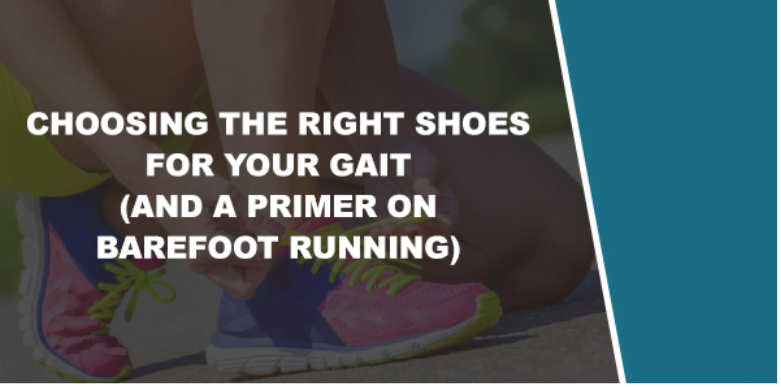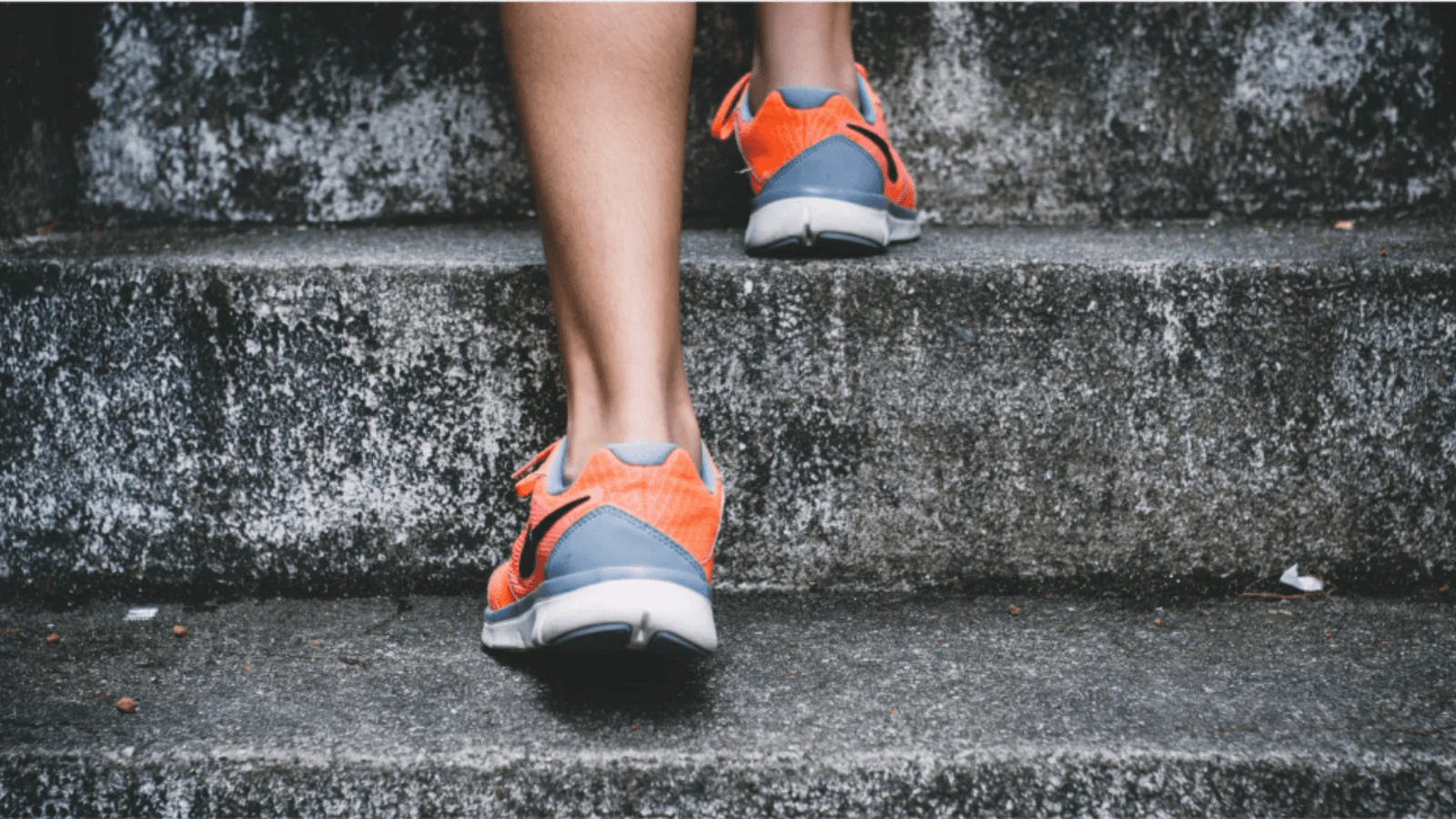Right Runing Shoes
Right Runing Shoes , so the most important piece of equipment you need for running is going to be shoes. But it’s no good to just get any old shoe – it needs to be a good shoe and it needs to be one that is specifically tailored to the way that you personally run.

So how do you know what is Right Runing Shoes ?
The best way to find out is to visit a sport shop. Here, you will often be able to find a treadmill with a camera attached which is designed to monitor and measure your precise gait. This will look at when your feet hit the floor and which part of your foot strikes the floor first.
This is important because it will right away be able to show you any signs of problems with your running style and it will help you to learn more about your individual technique.
Some people will find that the ball of their foot hits the ground first. This is called a ‘toe strike’. Other people will find that their midsole hits the ground first. And many people will find that their heel hits the floor first.
Depending on which type of runner you are, you need to make sure you have the right type of shoe. Those who hit with their heel first for instance will need a bigger ‘heel to toe drop’. The shoe will need to be more structured and supportive and it will need to be more padded.
Others will be able to make do with a slightly more minimal shoe. We’ll be discussing this in more detail in the next chapter but suffice to say that these types of shoes use less of a sole in order to make your foot more flexible. This is good because you want your foot to land on the ball first in many cases and a more flexible shoe allows you to do this when it is your natural tendency, to begin with.
The shoe store will be able to advise you on what type of runner you are and they will be able to give you the best shoe for your specific technique. What’s more, is that they might be able to identify any issues with your current gait – for example, if you are over–pronating, or if you are flat-footed.
If you have a flat foot, you’re going to need arch support. If you are over–pronating, then you’re going to need some kind of insole. You may even find that your legs are significantly different in length. If that’s the case, then you may need specialist orthotics to solve the problem.
Right Runing Shoes
You also need to think about what the aim of your shoe is. Do you want to run fast? Or is your aim to run for long distances?
Do you want to run on the tarmac? Or do you want to run through the forest (‘trail running’)?
If you want to run fast, for instance, you’ll want to look at a Right Runing Shoes with a sole that is able to offer a lot of energy return. In other words, you need a shoe that is somewhat ‘bouncy’ so that when your foot hits the road, it propels you forward with even more gusto. Adidas makes a foam called ‘boost’ that is very good for this.
If you’re looking for something that will let you run long distances on the tarmac, then you might want a more structured shoe that guides your foot through the motion. You will also want more shock absorption and possibly even insoles.
And if you’re planning on trail running, you’ll need to go more minimal to avoid letting your foot roll.
We’ll discuss this in a little more detail in the next chapter but this brief overview should help you understand how to pick the Right Runing Shoes!
Of course, Right Runing Shoes sizing is also very important and so too is choosing a shoe that will be breathable enough, light, and comfortable. Try a few on, try bouncing up and down, and feel around the toe box to make sure there’s enough space. Sizing can be a little off when you’re wearing running shoes – so make sure you actually try them on before you order!
Some Common Injuries and How to Avoid Them (Right Runing Shoes)
Right Runing Shoes will help you to avoid some injuries and problems but there are a few that can still crop up nevertheless.
Runner’s knee is one common complaint for runners for instance, although this isn’t actually a single issue but rather a whole cluster of problems that tend to get lumped together under the one heading. Runner’s knee is any situation where the knee cap (patella) stops tracking properly across the joint which can cause pain and weakness. This is often caused by the impact that the knee goes through on the ground, as well as loss of cartilage.
To prevent runner’s knee, you need to find the right trainer, you need to avoid running too hard too fast, you need to use the correct technique (see the next chapter) and you need to rest up if you notice any early indicators. What can also help is to try and strengthen the muscles and connective tissue that help to guide the kneecap during running. Any exercises in the gym that target the leg muscles will help you to do this – especially using a very light leg extension.
While recovering, another tip is to switch to the treadmill and to try running on a very slight incline. While the treadmill isn’t normally as good, this can be a good way to reduce the involvement of the knee – you’ll often find that knee pain is worst when going downhill or even descending stairs.
Another common problem is shin splints. Shin splints arise when you continuously pound them on the ground and they are actually a result of the muscle (not the bone!) swelling up as a result. In some rare cases, shin splints can actually cause minute cracks in the bone called stress fractures.
If your shins feel hot and are in pain when you’re resting, then it may be a fracture or an infection and you should see your doctor. If it’s the more usual muscular cause, then try massaging the fronts of the shins, wear more padded shoes to try and absorb more impact and try stretching the leg in order to loosen the muscles and the tendons.
In rare cases, shin splints can point to flat feet or other issues – so again, be sure to see your doctor.
Blisters are another blight of the average runner and the key to dealing with these is often to look for the right socks. Surprisingly, thin and light socks can sometimes make matters worse as they allow the foot to move around more inside the shoe, thereby creating the friction that leads to the blister. The trick is to wear a sock that is just thick enough to keep the foot a little stiller in your shoe. It may also be that your technique is off, or that your shoe needs to be a little smaller.
Stretching (Right Runing Shoes)
And now for the big one: stretching.
Stretching is something that many people will associate with running and conventional wisdom will tell you to always stretch before you go for a run.
But conventional wisdom often is not correct and this is where things get a little controversial. Because actually, there is no evidence to show you need to stretch before you run. And in fact, some studies suggest that stretching may even reduce your control over your muscles, thereby increasing the risk of injury.
But that doesn’t mean that you should throw stretching out completely. Because where stretching is very useful is in generally improving your flexibility and your strength and in reducing the likelihood of injury by allowing the limbs to move further with less resistance.
Is that a contradiction?
No. What I’m saying is that you don’t need to stretch before you run. But stretching generally and trying to find ten minutes a day before bed is a great way to reduce your likelihood of injury and thereby to extend your running career!

